The Wandering Mind
The Wandering Mind
Understanding Dissociation from Daydreams to Disorders
John A. Biever, MD and Maryann Karinch
ROWMAN & LITTLEFIELD PUBLISHERS, INC.
Lanham Boulder New York Toronto Plymouth, UK
Published by Rowman & Littlefield Publishers, Inc.
A wholly owned subsidiary of The Rowman & Littlefield Publishing Group, Inc.
4501 Forbes Boulevard, Suite 200, Lanham, Maryland 20706
www.rowman.com
10 Thornbury Road, Plymouth PL6 7PP, United Kingdom
Copyright 2012 by Rowman & Littlefield Publishers, Inc.
All rights reserved . No part of this book may be reproduced in any form or by any electronic or mechanical means, including information storage and retrieval systems, without written permission from the publisher, except by a reviewer who may quote passages in a review.
British Library Cataloguing in Publication Information Available
Library of Congress Cataloging-in-Publication Data
Biever, John A., 1947
The wandering mind : understanding disassociation, from daydreams to disorders / John A. Biever and Maryann Karinch.
p. cm.
Includes bibliographical references.
ISBN 978-1-4422-1615-0 (cloth : alk. paper) ISBN 978-1-4422-1617-4 (ebook)
1. Consciousness. 2. Dissociation (Psychology) 3. Mental health. I. Karinch, Maryann. II. Title.
QP411.B54 2012
612.8233dc23 2012013303
 The paper used in this publication meets the minimum requirements of American National Standard for Information SciencesPermanence of Paper for Printed Library Materials, ANSI/NISO Z39.48-1992.
The paper used in this publication meets the minimum requirements of American National Standard for Information SciencesPermanence of Paper for Printed Library Materials, ANSI/NISO Z39.48-1992.
Printed in the United States of America
We dedicate this book to Dr. Saroj K. Parida
Foreword
Dr. Mark Whitacre, The Informant
A t the core of our mental lives lies a paradox. Our senses have evolved to provide us with a detailed perception of the outside world; at the same time, our brains often dont process this information as it is received. We log mental recordsabsolutely certain of their accuracythat combine genuine sensing with distorted perception, imagination, or extrapolation. With no intent to concoct a lie and no desire to mutate facts, our minds simply wander from reality.
Often that wandering happens at the worst times. When we should be concentrating on a task, conscious of details and sensitized to next steps, we find that our focus has been hijacked. We are misdirected to a daydream or a trance-like state; while often enjoyable, it removes us from the reality of our present circumstances. Pleasurable fantasy at best, dangerous and destructive distraction at the worst. Wouldnt we expect natural selection to have eliminated this as a feature of the human mind? Failure of individuals to see the world as it really is can lead to unintended disastrous consequences and even personal failure.
In this book, Dr. John Biever and Maryann Karinch provide an extraordinary glimpse into the world of dissociation, from normal experiences to the extreme condition called dissociative identity disorder (DID), in which multiple personalities emerge. The authors marshal evidence, spanning everything from neuroscience to group dynamics to relationships of adults with children, of an arms race between the conscious and unconscious mind. At times, nearly all of us daydream, and the authors lead us from understanding the value and harm of such normal dissociations all the way to grasping nuances of the phenomenon called DID.
My good friend, Dr. Saroj Parida, a well-known neonatologist, is afflicted with DID and brings to the text extremely valuable insights into this disorder. Saroj has lived with DID for more than forty years in a fleeting world of altered reality. Having taken full responsibility for insurance fraud committed while under the influence of alters, he is now serving an eight-year sentence in a federal prison. He is determined to help others by relating his own experiences. As a child, Saroj was sexually abused by a caregiver over a ten-year timeframe and in order to cope with the abuse, his mind learned to escape into multiple identities. In effect, his mind enabled him to adapt to the horror by creating another reality for himself. As an adult, Saroj functions as a fully competent physician; nonetheless, he lapses into alters as his subconscious dictates.
Escape is the animal instinct for survival that has remained intact despite millions of years of human evolution. It is the flight part of a fight-or-flight response to trauma that any of us could face at any time. Physical escape is not possible for a child. So, he or she must escape mentally. Every child is born with some innate capacity to escape (nature), but the environment (nurture) also plays a significant role. Escape can be viewed comically as the embarrassment experienced by the characters in the Got to Get Away Southwest Airlines TV commercials. It can also be viewed tragically as in post-traumatic stress disorder (PTSD) suffered by war veterans, fire fighters, law enforcement officers, and yes, victims of childhood sexual abuse.
Intelligent, accomplished people like Saroj face two kinds of bias when they escape into pathologic states and get a diagnosis of mental illness. First of all, depending on the type of condition, some people will dismiss the diagnosis as a fancy way of saying eccentric or self-absorbed. Secondly, many will jump to the assumption that, if the person is so smart, then how could he or she let a thing like that take hold? Surely, they recognize symptoms. Surely, the illness could not be responsible for their committing a crime because, well, theyre too smart for that!
These biases are in full bloom when it comes to dissociative disorders. Is it really possible that people might not remember days or even years of their life, or wander off to a different town and not know how they got there, or have other personalities that sometimes emerge without their knowing it consciously?
When journalists pander to the popular taste for sordid stories about crazy people, they exacerbate the misunderstanding about mental illnesses. Case in point: the controversy over the story of Shirley Ardell Mason, a.k.a. Sybil. A 2011 book purports to expose the Sybil story as a scam, a case of misdiagnosis of multiple personality disorder that ultimately evolved into a sensationalistic book and movie of the same title. The popular media response to this book zoomed right past the reality that some people actually do have multiple personalities. Skeptics about the diagnosis felt vindicated, and acceptance and understanding of a serious mental illness took a giant step back to the sixteenth century.
In this book, John and Maryann give us cases, descriptions of symptoms, scholarship, and an in-depth look at both diagnostic and treatment procedures for extreme dissociative conditions. Even armed with those, we still cant see dissociation. It doesnt show up as a spot on a scan or the image of a misshapen region inside the brain. Whether good or bad, normal or abnormal, its invisible. So I ask you to plunge into the evidence, open your eyes as you travel to a deeper state of understandingand believe.
Dr. Mark Whitacre is an Ivy League PhD and the highest-ranked executive of any Fortune 500 company in U.S. history to become a whistleblower. He was responsible for uncovering the ADM price-fixing scandal in the early 1990s. Suffering from an undiagnosed bipolar disorder, he embezzled funds from ADM during the time he was aiding FBI investigations of the company. The movie The Informant! , starring Matt Damon as Dr. Whitacre, is based on that time of his life.
Acknowledgments
John Biever
I n opening a book for the first time, I used to go to the table of contents, or to the first page of text, or to the foreword or introduction. The Acknowledgments were a nice private gesture of the author to those who contributed in varied ways to the writing. But Ive changed. And I believe that the essence of my joy at reading the acknowledgments has evolved from my gratitude to all of those whose contributions of time, wisdom, and/or practical advicefor no personal material gainenable and enrich the final product. So Im very grateful to youmay I acknowledge you!for giving me the opportunity in this reading to share with you my indebtedness to the following people.

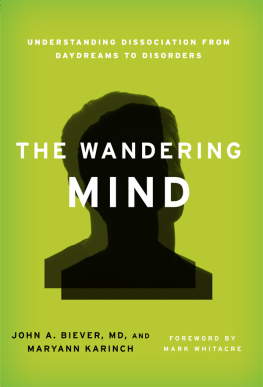




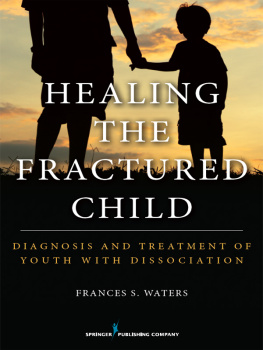
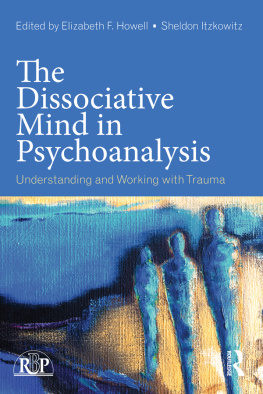
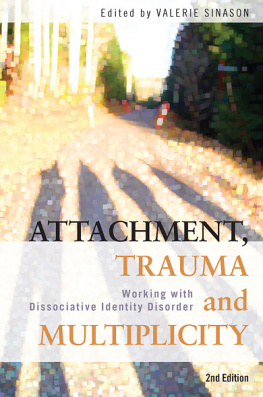
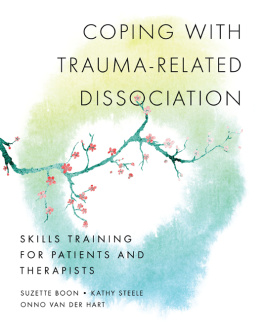
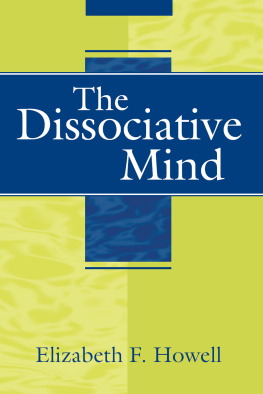
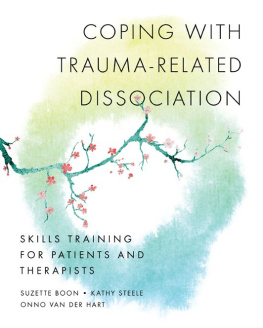
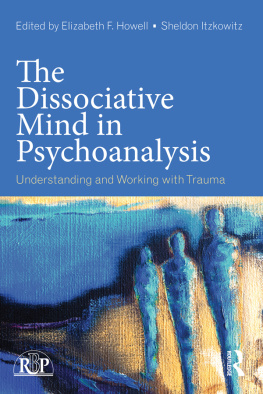
 The paper used in this publication meets the minimum requirements of American National Standard for Information SciencesPermanence of Paper for Printed Library Materials, ANSI/NISO Z39.48-1992.
The paper used in this publication meets the minimum requirements of American National Standard for Information SciencesPermanence of Paper for Printed Library Materials, ANSI/NISO Z39.48-1992.